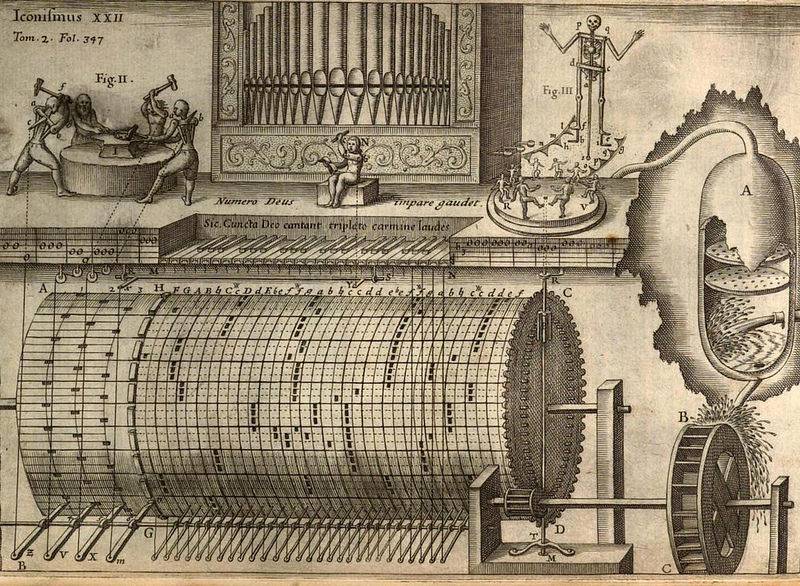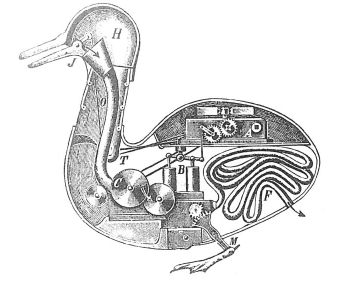AustLit
-
Editor's note: This digital portfolio was completed by Lara Downes for PHIL2013 and published by Cirrus as an example of superlative student work.
-
Aside from his Meditations, Rene Descartes was most famous ‘for having promoted a new conception of matter’ which was responsible for the justification of physical phenomena through mechanical explanations (Smith, 2014).
Descartes first began to engage with mechanical philosophy from 1619 when he first viewed the hydraulic moving statues in the gardens at St Germain-en-laye in 1614-15.
His text The World And Other Writings contains a treatise on physics, a treatise on mechanics (machines), a treatise on animals, and a treatise on man, demonstrations of his vast work within the topic. By the nineteenth century, Descartes was well regarded for his compositions surrounding mechanical physiology and the theory that animal bodies are machines, established by material mechanisms and governed by the laws of matter alone (Sowik, 2017).
-
An automaton is a self-operating machine, a machine or control mechanism designed to automatically follow a predetermined sequence of operations or respond to predetermined instructions. The viewing of the fountain by Descartes influenced the development of his ideas of ‘beast machines’ (animal automatism) — the idea that all of nature can be explained according to the same principles that explain how machines work (Descartes, 1991).
-
“Yet suppose that we were equally used to seeing automatons which perfectly imitated every one of our actions that it is possible for automatons to imitate; suppose, further, that in spite of this we never took them for anything more than automatons; in this case we should be in no doubt that all the animals which lack reason were automatons too.” Rene Descartes (AT 3: 121; CSMK: 149)
You might be interested in...






